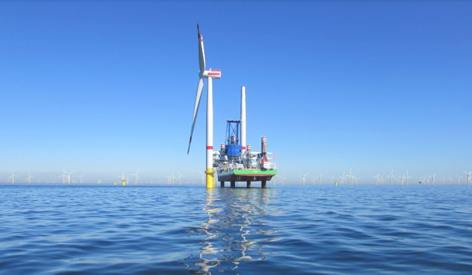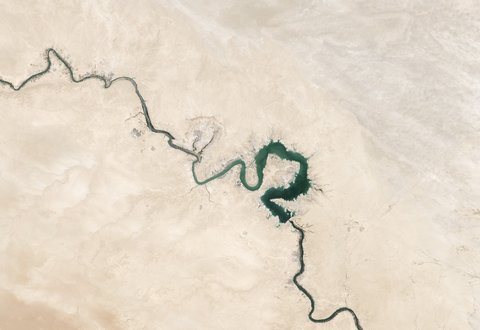
Se@Ports: Wave Energy Converters in Port infrastructure
Despite the effort of engineers and researchers to develop Wave Energy Converter (WEC) devices, one of the key challenges for accelerating the innovation, increasing competitiveness and shorten the time-to-market of these technologies is the economical aspect. Compared to other renewables their CAPEX/OPEX is still very high, which makes the stand-alone devices not cost-competitive on the global market.
The ‘Sustainable Energy at Sea Ports’ collaborative project, acronym SE@Ports, explores the idea of integrating WECs in port infrastructure as a means to help reduce the construction, installation and maintenance costs, and to ensure high levels of operational efficiency and structural survivability during normal conditions and storm events. It further explores the possibility of device hybridisation, through the combination of an Oscillation Water Column (OWC) and an Overtopping WEC under a novel hybrid system concept, as a means to help overcome the limitations of the individual technologies, and to increase the level of operational efficiency.
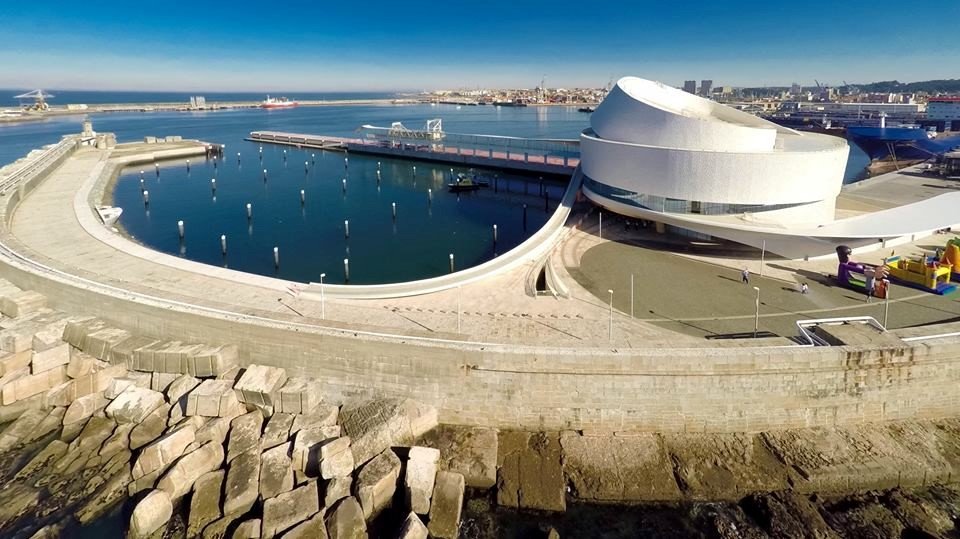
Key objectives of SE@Ports are:
- to assess existing WECs (proven concept TRL 3) on their suitability to be integrated in port infrastructure and bring the selected concepts of WEC’s to the next TRL;
- to demonstrate the win-win solution of incorporating WEC devices into port infrastructure;
- to facilitate end-users with key-technical requirements and tools to best reduce and assess the risks and barriers of that incorporation
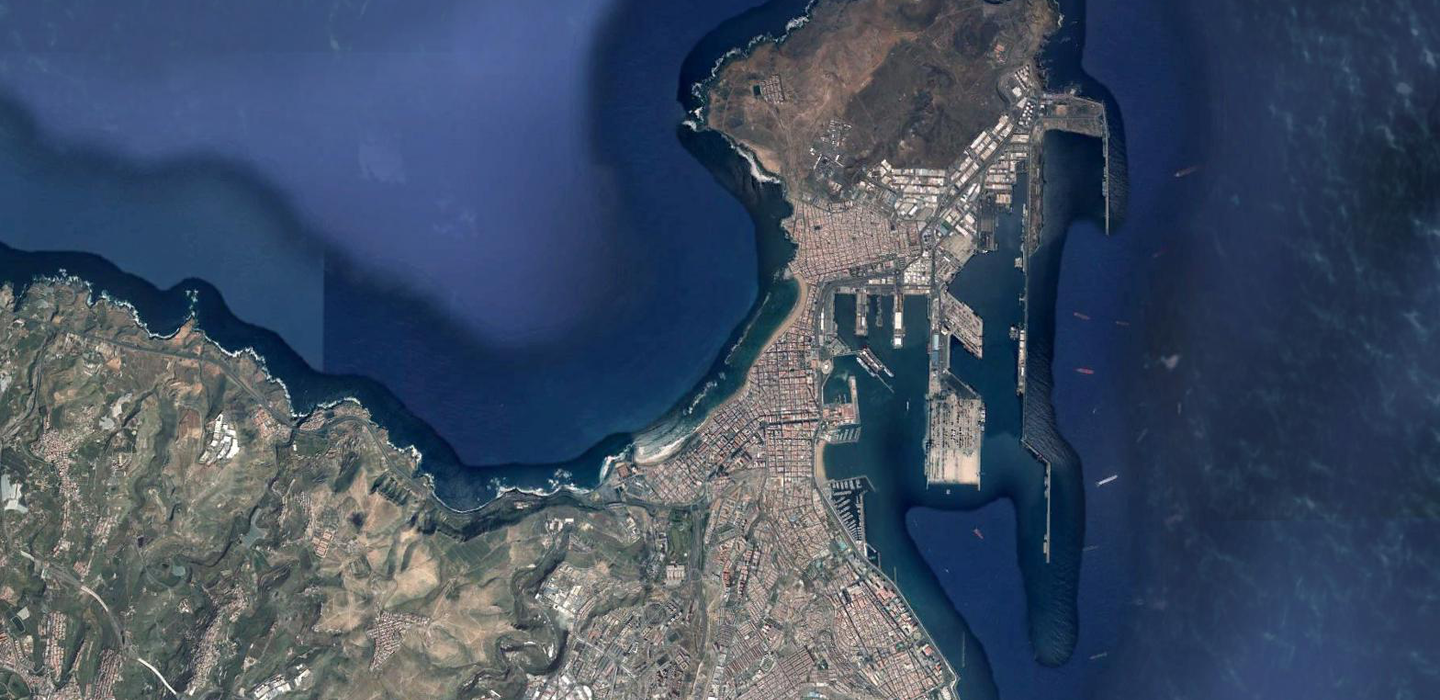
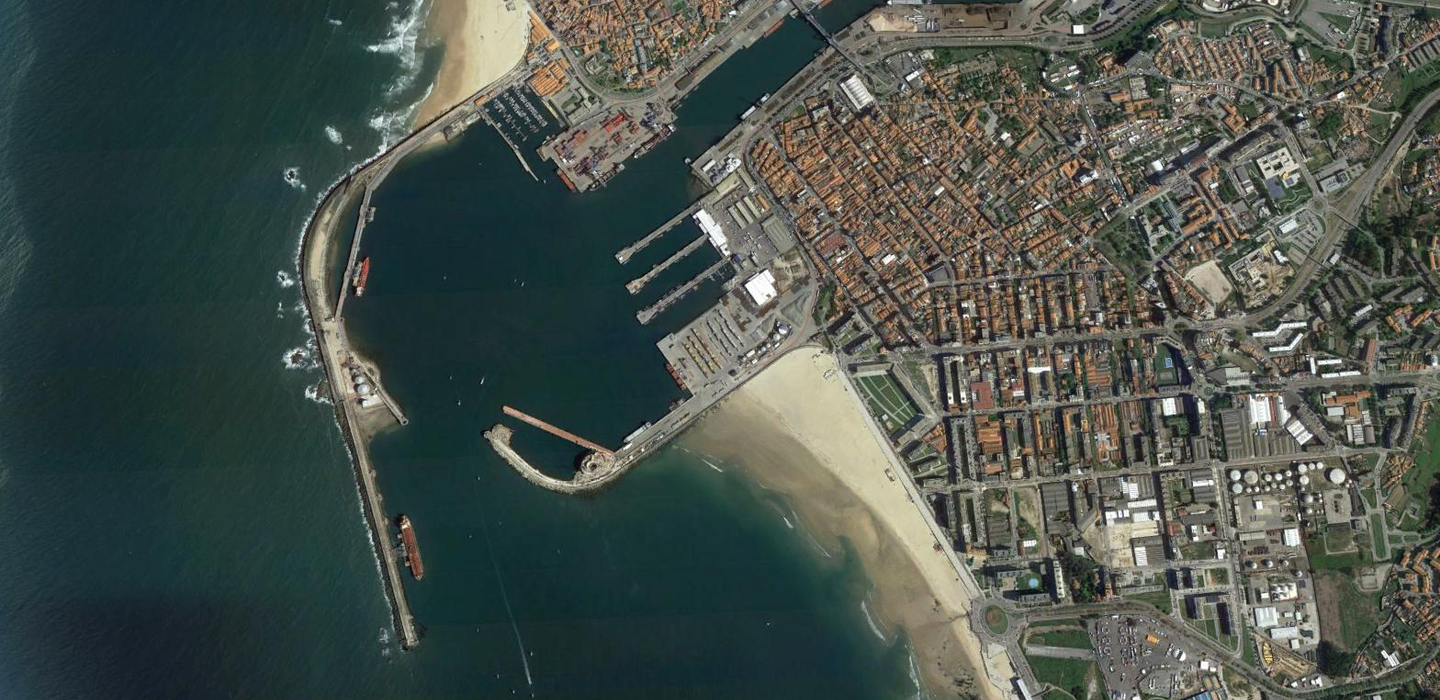
By incorporating an adequate balance between R&D and testing activities (including complex wave to wire modelling and scale model testing in wave tank), with commercialisation aspects (including proactive public climate and energy policies in different countries, as well as design assessment and engineering evaluation using Lean principles through the Lean Design-for-eXcellence, LDfX, tool), the project tackles some of the key challenges identified for the sector as it progresses towards commercialisation. Developed tools, namely the energy yield assessment tool, are demonstrated in the two case study site ports, the rubble-mound north breakwater of the port of Leixões and the Nelson Mandela vertical breakwater of the port of Las Palmas. This project, which received funding through the Ocean Energy ERA-NET Cofund initiative receiving funding from European Union under the Horizon 2020 Programme for Research and Innovation, is comprised of six partners from Belgium, Portugal and Spain.
Data
- H2020 Research Project
- Test Locations: Port of Leixões, Portugal
Las Palmas, Gran Canaria - Period: 2017-2018




